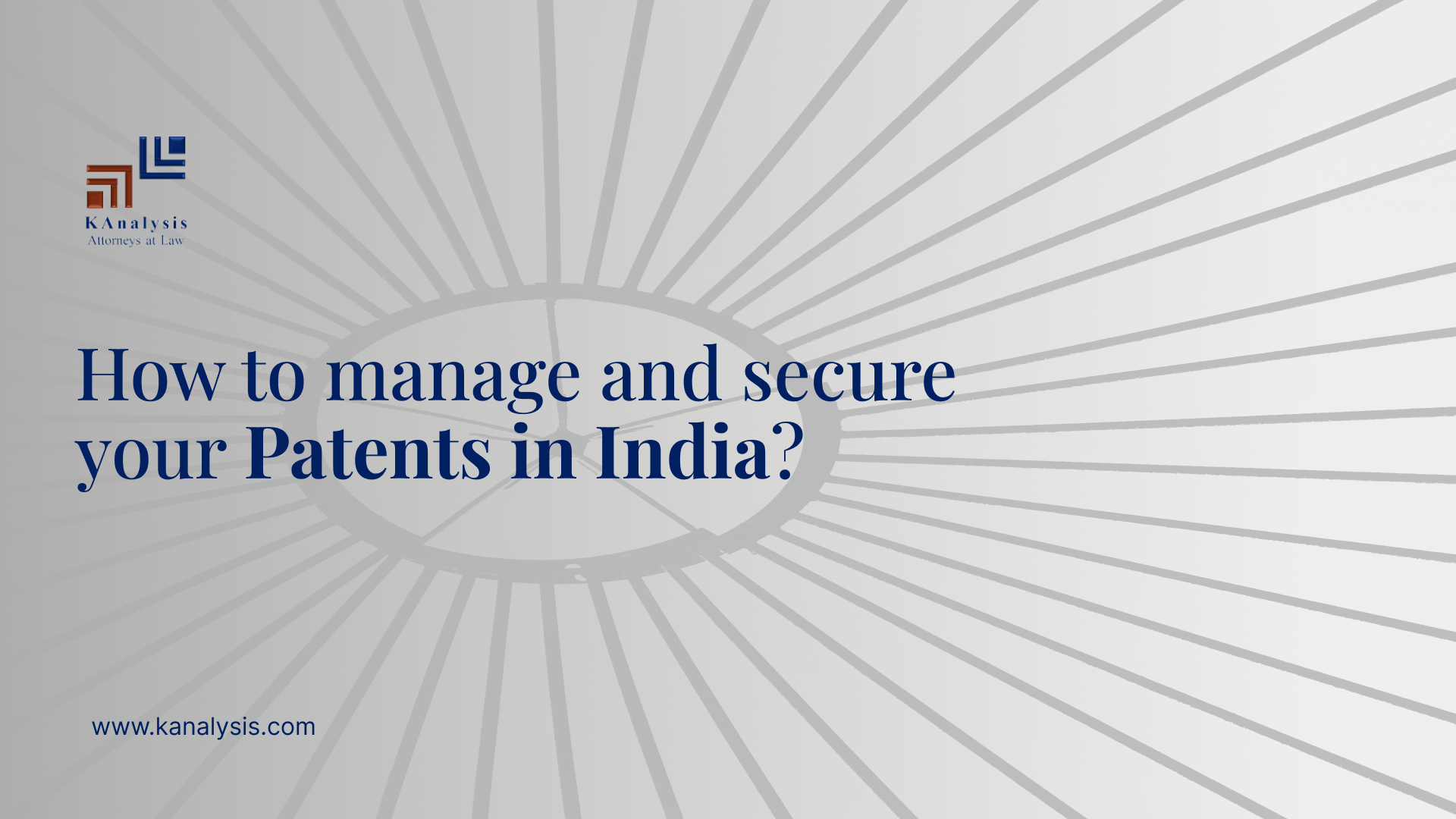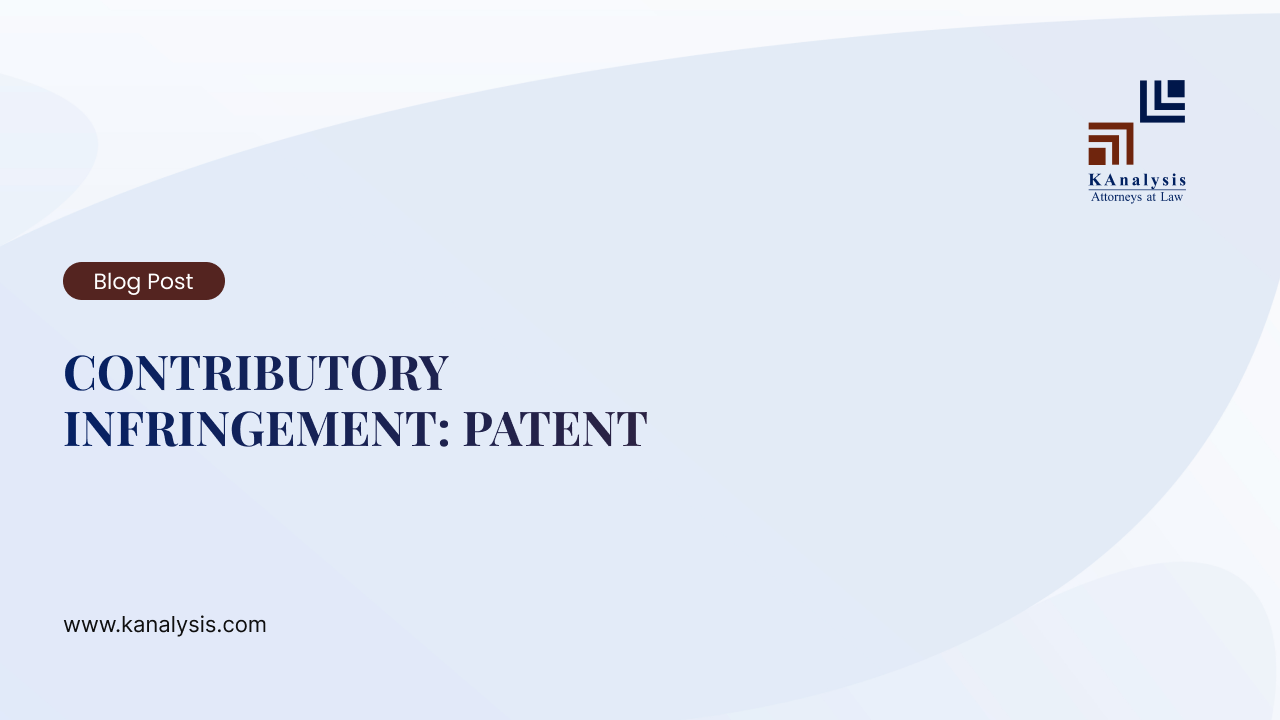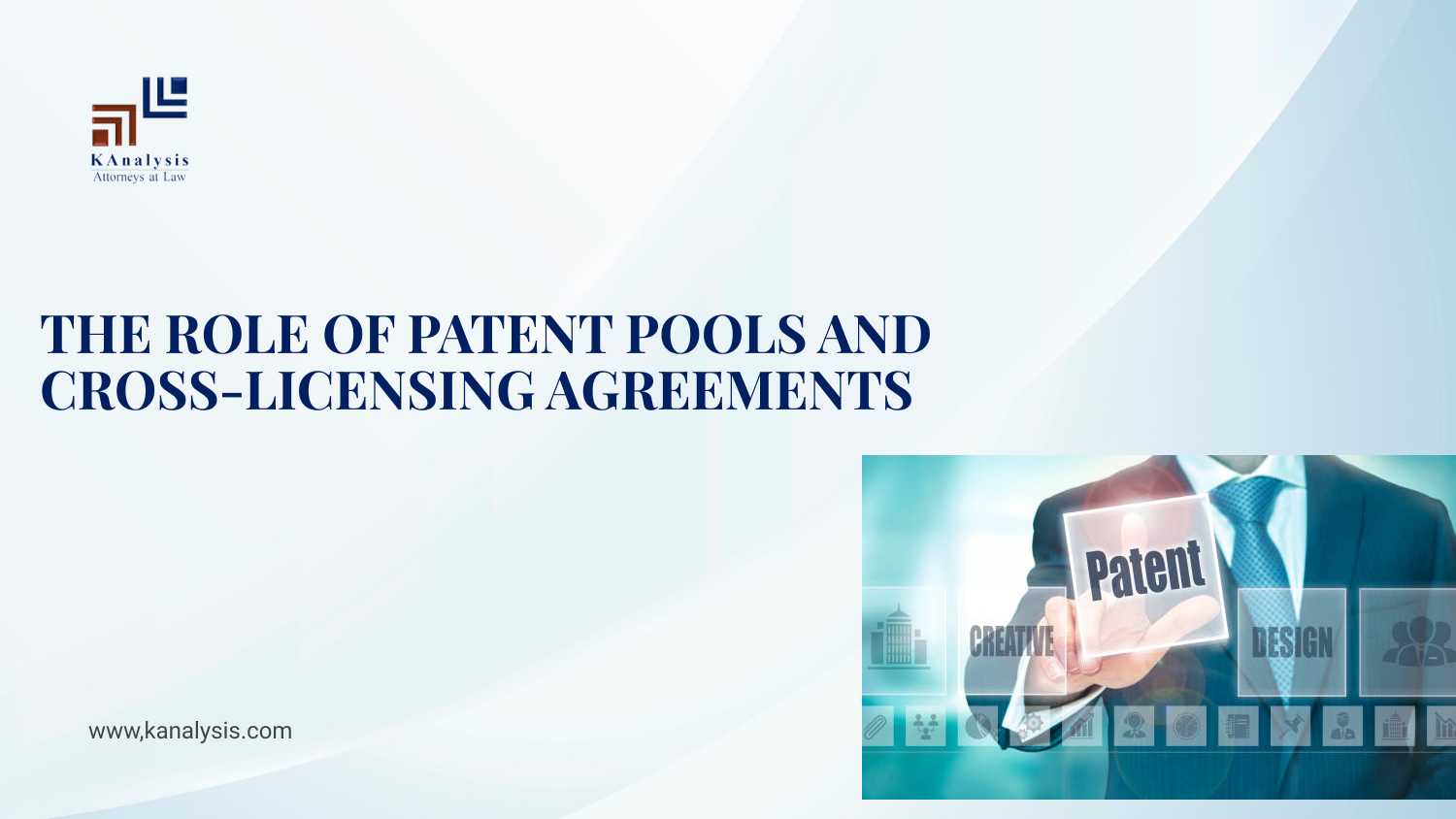A patent’s main purpose is to give its owner the legal authority to prevent third parties from making use of the innovation. An inventor has exclusive right to use, produce, or license its patented innovation. This exclusive privilege can be used by the inventor to generate income from his invention. The Indian government has made significant progress in intellectual property protection, particularly in the last 15 years. Currently, the Indian Patent Office serves as both an international search authority and an international preliminary examination authority for patent applications, showing an in-house facility for making judgements on the patentability of the creator’s inventions at the international level.
CRITERIA FOR PATENTABILITY IN INDIA
- Novelty
According to S. 2(1)(j) an invention is considered as new, if it is not anticipated by prior publication in patent and non-patent literature, i.e., an invention is novel if it has not been disclosed in the prior art. The invention must generate new information, a new product, or a new procedure and must be distinct from what is currently known.
- Inventive Step
The innovator must contribute creatively to the invention. It should be something that the skilled craftsperson would not expect. If an inventor solves a technical problem by inventing something and another skilled in the art from the same field provides the same solution by using his acquired knowledge or by taking teaching, suggestion, or motivation, the inventor’s technical solution is not considered inventive.
- Industrial Application
Patents are issued to ensure that the inventor can freely use his or her innovation without fear of competition. In this context, it is essential that the invention be usable and have industrial use. The specification explains the industrial applicability of the disclosed invention in a self-evident manner. It’s essential for any start-up to understand that a mere suggestion that the matter would be industrially applicable is not sufficient. A specific utility is indicated in the specification supported by the disclosure. For instance, indicating that a compound may be useful in treating unspecified disorders, or that the compound has useful biological properties, would not be sufficient to define a specific utility for the compound. The specific usefulness has to be indicated.[1]
BUILDING PATENT PORTFOLIO IN START-UPS
Start-ups are now recognised as innately powerful centres of creativity, technology, and ideas. To encourage early-stage start-ups, the Indian government unveiled action plans and activities as part of the ambitious “Start-up India, Stand Up India” programme. To foster their innovation and creativity, as well as to raise awareness of and encourage Start-Ups to protect their intellectual property rights (IPRs), the Government of India approved and launched the “Scheme for Facilitating Start-Ups Intellectual Property Protection (SIPP)” as part of this policy.[2] By giving Start-Ups access to top-notch IP services and resources, the Program hopes to foster and mentor unique and emerging technologies among them and help them defend and commercialise them. However, it is urgently necessary for entrepreneurs to be aware of the significant importance of IPR and the need to take aggressive measures to safeguard their IPR.
COST-EFFECTIVE PATENT STRATEGIES
- Patent Co-operation Treaty (PCT)
Patent Co-operation Treaty (PCT) enables to file one international patent application, which is accepted by 150 countries throughout the world. The Patent Cooperation Treaty (PCT) assists applicants in seeking patent protection internationally for their inventions, helps patent offices with their patent granting decisions, and facilitates public access to a wealth of technical information relating to those inventions. By filing one international patent application under the PCT, applicants can simultaneously seek protection for an invention in a large number of countries.
- Patent Prosecution Highway (PPH)
The Patent Prosecution Highway (PPH) is intended to reduce duplication of effort by allowing the patent office in a country of second filing to take advantage, at least partially, of the work of the patent office in the country of first filing. When a PPH alliance is in place, an office of second filing (OSF) can use the search results from the office of first filing (OFF) to accelerate their examination.
- Broader patent protection for key products
In general, the fewer patents that cover a product, the easier it is to build a competitive product that circumvents that protection. Large firms understand that, in most circumstances, a single patent is insufficient to protect an idea or product. Phone makers, for example, frequently have hundreds, if not thousands, of patents that apply to a single phone model. Start-ups with limited resources may prefer to save money by using a single patent for each product. A more prudent strategy, particularly for significant revenue-potential products, would include a portfolio of patents protecting the product’s multiple unique capabilities and component parts.
- Market-driven strategy
Creating a patent strategy necessitates a thorough analysis of numerous global markets. Many entrepreneurs, unsurprisingly, are eager to patent their inventions globally without proper diligence. However, seasoned businesses recognise that registering a patent in every sector is simply overkill. This is not only costly and financially foolish, but it is also more strategic to plan for protection early on. A deliberate and astute approach addresses the most relevant markets, manufacturing locations, customer use, and rival footprints to obstruct significant competition globally.
- Monitor patenting activities of Competitors.
Aside from expanding their patent portfolio, savvy organisations constantly monitor competitor actions for a variety of reasons. Large corporations monitor their competitors patent portfolios for attempts to weaken their own intellectual property protection and take proactive steps to contest or invalidate their competitors’ patent programme. While start-ups may lack the resources to monitor their competitors’ activity, they might hire consulting firms that provide patent monitoring and competitive intelligence as needed.
WORKING WITH PATENT ATTORNEY
A patent attorney is a person who is qualified to represent someone in patent matters before the patent office. Patent attorneys are usually required to have a technical background in a particular field of technology, in addition to a law degree. Thus, benefits of working with a patent attorney are:
- Patent Portfolio Management: Effective patent portfolio management can be critical to exploiting inventions to add value to a company. From the conception of an idea to the enforcement of patent rights, the patent attorneys provide advice on patent portfolio management.
- Cost Optimization: Patents Applications if not filled strategically are expensive. As a result, when creating a patent portfolio, you should seek counsel from experienced patent attorneys who understand your business strategy. The patent attorneys provide advice on patent portfolio management techniques that are tailored to your company’s requirements and business goals.
- Strategic Filling: The attorney will work with the client and can advise on strategies based on client demand and the business plan. Through portfolio management, the patentee can be assured that no such procedural errors will be expected and that maximum benefit can be aroused from strategizing patents in terms of business plans.
- Licensing: Advising clients on licensing and acquiring the patents. They may help in analysing the market and advising which patents can be competitive.
COMMERCIALISATION OF PATENTS
Patent licensing is a typical technique of monetization, but it requires rigorous, thorough, and accurate structure to avoid any damage to the value or loss of intellectual property rights. A patent can be licensed in two ways. If your patent is being used without your permission, that is patent infringement, and you can license or enforce your patent decisively or assertively.
Patents are a valuable asset whose worth is determined by a variety of elements, including the quality and representation of the claims, whether the invention is currently being used or will be in the future, and the size of the impinged market and its associated income. From a financial, legal, and technological standpoint, a thorough study of numerous elements such as licensing, related prior art, or concerns with the prosecution history will ensure that we obtain the highest and most efficient value of your assets.
CONCLUSION
The funding constraints that most companies face can understandably create a desire to save money at all means. A start-up, on the other hand, safeguards its most valuable IP asset by following the best practises of large and well-established firms. Even the small start-ups can protect its product and enable long-term commercial growth with a well-vetted initial investment and pragmatic patent counsel.
Hiring an experienced patent attorney creates the framework for securing larger patents that give critical portfolio protection. However, entrepreneurs do not have to identically duplicate major corporations’ patent practises. All they need to do is implement comparable techniques that will position them to eventually outperform their larger competition. Start-ups can avoid reinventing the wheel by implementing this method. Instead, tailor these efforts to your own needs while keeping in mind the importance of adhering to these best practices. Calibrate your patent submissions in accordance with your strategic goals, regional markets, and competition intelligence. Eventually, consider hiring in-house lawyers, and your start-up will be well on its approach to securing a basic portfolio necessary for compounding success.
[1]https://ipindia.gov.in/writereaddata/Portal/Images/pdf/Manual_for_Patent_Office_Practice_and_Procedure_.pdf
[2] https://ipindia.gov.in/writereaddata/Portal/News/234_1_publicNotice-30May2016.pdf




